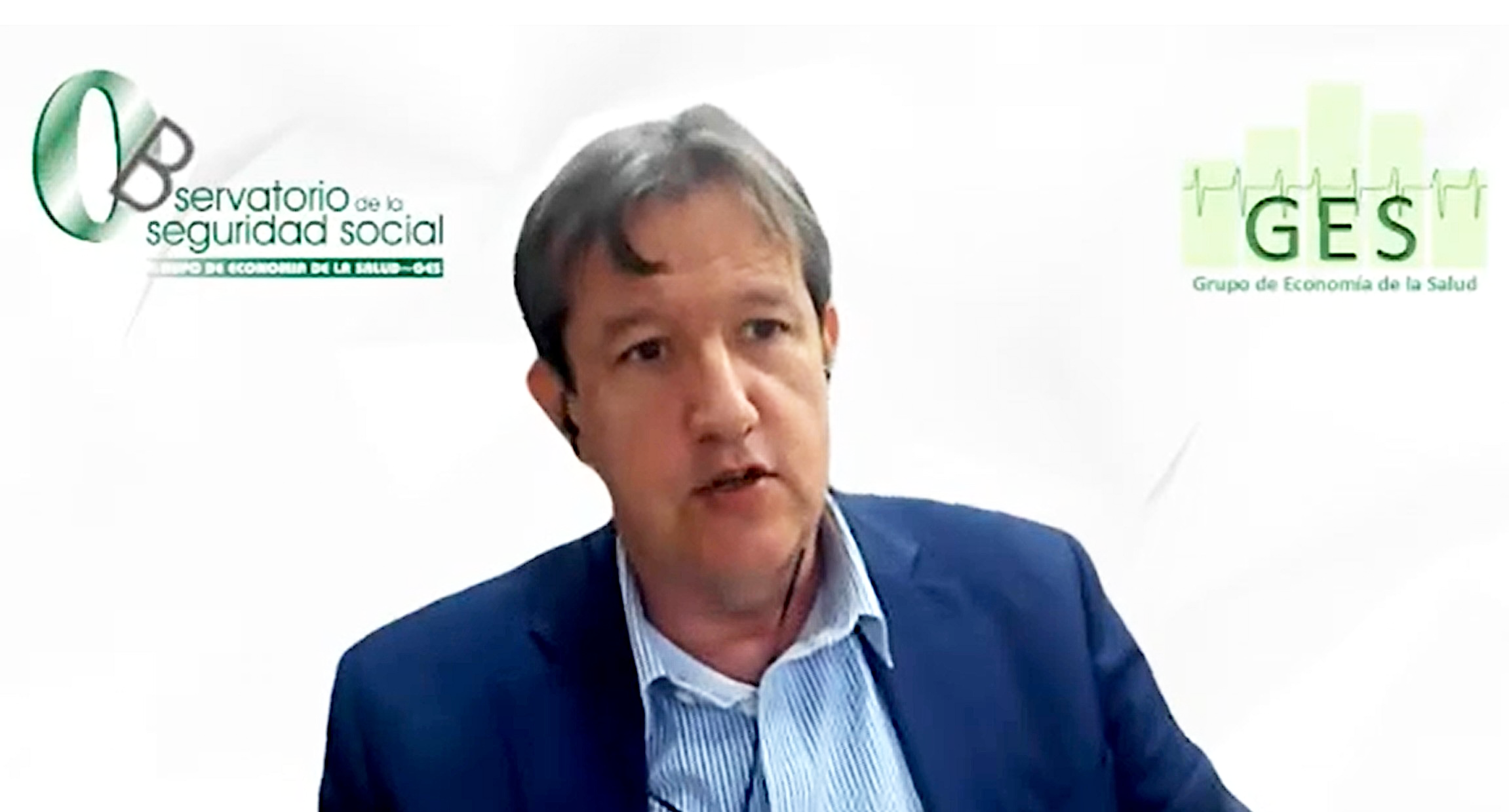Universal health insurance in Peru to avoid catastrophic spending
Public health subsidies targeted at vulnerable populations
The public subsector is in charge of the majority of the Peruvian population affiliated to a social coverage of health expenditure, with two institutions that manage health insurance funds: the Comprehensive Health Insurance (SIS), created in 2002 with a subsidized regime, and the Social Health Insurance with a contributory regime[1]. The government offers health services to the uninsured population in exchange for the payment of a recovery fee of variable amounts, through the SIS, which subsidizes the provision of services to the poor population. The provision of services, both for the subsidized regime for the open population and for the population affiliated to the SIS, is carried out through the network of facilities of the regional governments and the Ministry of Health. Total healthcare spending for 2019 was $US 13,083 million. Peru is still below WHO standards as its public spending on health for 2019 was equal to 3.3% of gross domestic product (lower than the recommended 6%) and out-of-pocket spending accounted for 28.1% of total health spending[2] (higher than the suggested range of 15 to 20%).
Progress towards universal health insurance
The political decision to move towards universal insurance began in 2002 when representatives of political, religious, civil society and government organizations signed a national agreement. In 2005 the Political Parties Agreement on Health was signed, and in 2007 the Ministry of Health’s National Concerted Health Plan was signed. In 2008, the Multisectoral Commission was established to propose the necessary mechanisms to consolidate a national health system and guarantee universal insurance. This commission drafted a bill that after several debates became law.[3]
. In 2009, the Framework Law for Universal Health Insurance was enacted; and in 2013, 23 legislative decrees were approved through Law 30073.. The two laws form the basis of the health reform that sought to strengthen the stewardship and governance of the health system, the protection of individual health, the protection of collective health and the protection of health rights.
[4]
.
References
[1] Mezones-Holguín, Edward, Amaya, Elard, Bellido-Boza, Luciana, Mougenot, Benoit, Murillo, Juan P, Villegas-Ortega, José, & Del Carmen Sara, José Carlos. (2019). Health insurance coverage: the Peruvian case since the Universal Insurance Law. Peruvian Journal of Experimental Medicine and Public Health, 36(2), 196-206. https://dx.doi.org/10.17843/rpmesp.2019.362.3998
[2] https://hia.paho.org/es/paises-2022/perfil-peru
[3] Ministry of Health (2010). “Análisis de la situación de salud del Perú”, Dirección General de Epidemiología, Ministerio de Salud, Lima.
[4] Velásquez A, Suarez D, Nepo-Linares E. Health sector reform in Peru: law, governance, universal coverage and health risk response. Rev Peru Med Exp Public Health. 2016;33(3)546-55. doi:10.17843/rpmesp.2016.333.2338



